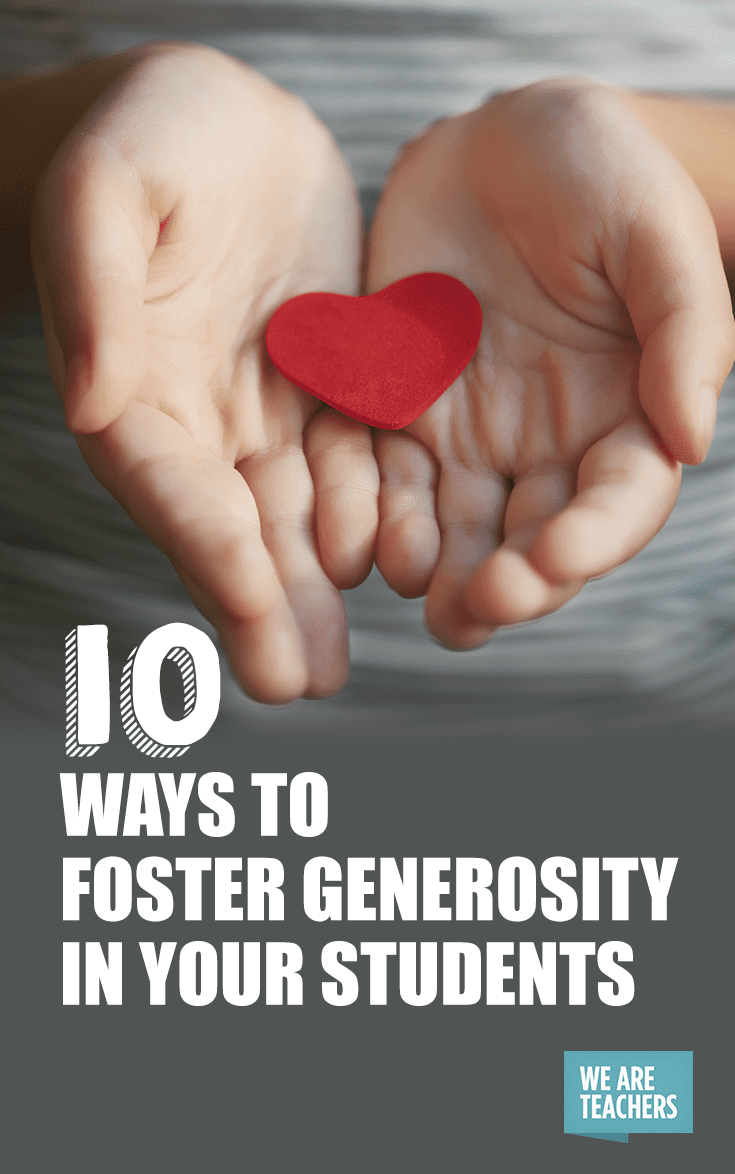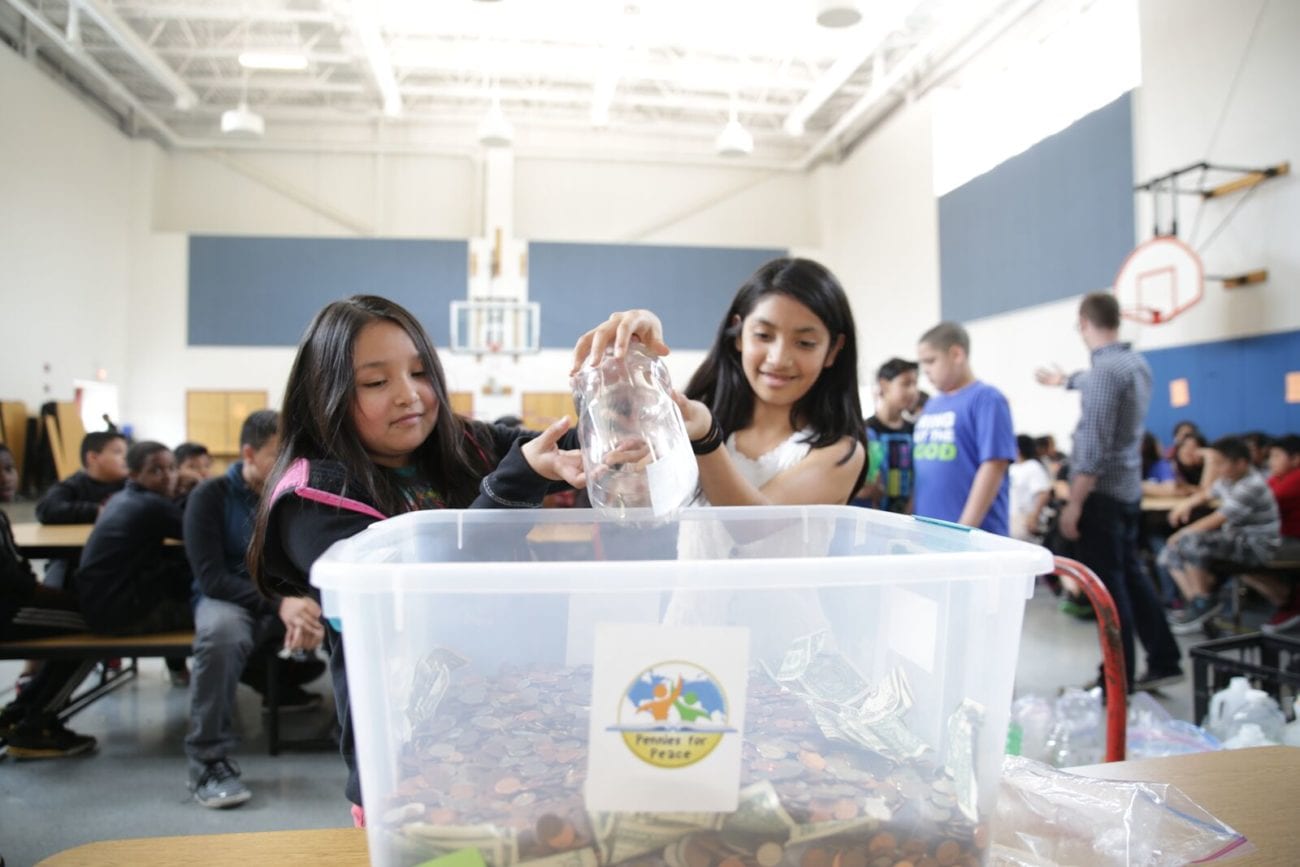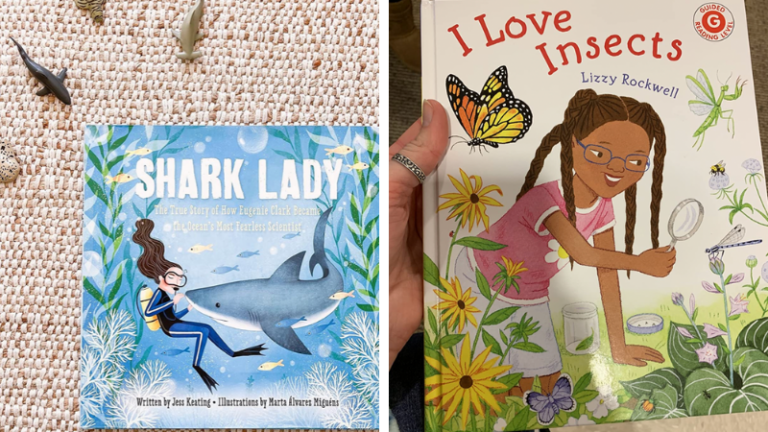Maya Angelou once wrote, “We are more alike, my friends, than we are unalike.”
Helping students feel empathy for others and respond with generosity is a trait that we as teachers can foster in our classrooms. Through volunteerism, communication strategies and in-class lessons, students can learn what an important role they can play in their communities and as global citizens. Here are some simple, fun classroom projects you can use to get the ball rolling:
1. Have your students keep gratitude journals.
The simple act of writing down those things for which they are grateful can have a profound effect. Robert A. Emmons, PhD, recognized as the world’s leading scientific expert on gratitude psychology, explains why: “Writing…allows you to see the meaning of events going on around you and create meaning in your own life.” Through acknowledgment and thankfulness for the good in their lives, students who keep gratitude journals will be inspired to share further good with others. It doesn’t have to be every day, but consistency matters. Weekly writing of three to five items for which they are grateful can inspire positive change.
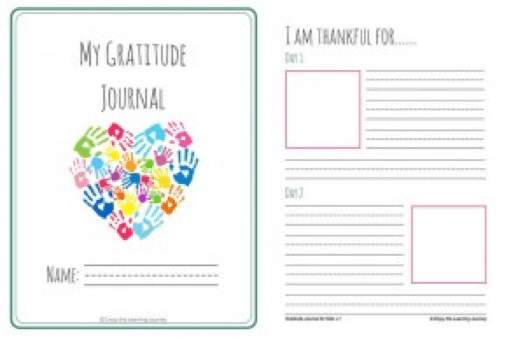
2. Collect pennies for peace.
A penny in the United States may have little worth. But in Afghanistan, Pakistan and Tajikistan, just a few pennies can buy a pencil and open the door to literacy. Ask your students to collect pennies from home for (or to donate to) Pennies for Peace to bring hope and educational opportunities to fellow students in Central Asia. Use the free supplemental curriculum with your students as they’re collecting pennies. Service learning programs like Pennies for Peace often include excellent, free lesson plans and tools to help students better understand the issue or cause that they are supporting. With understanding comes tolerance and sympathy, and ultimately a deeper learning experience.
3. Host a food or diaper drive.
Collecting items for a food or diaper bank is one of the easiest ways students can serve their community. 13.1 million children in the United States may not have enough food on a daily basis. Your young students may not comprehend legislation to help the needy, but they can surely understand the importance of a full belly and a dry bottom. Research your local food banks or nearby National Diaper Bank Network needs. Some sites may need specific food donations, others may need physical labor, and most locations welcome youth volunteers.
These efforts are a local community counterpoint to your history and social studies curriculum. When your kids help you assemble donations, there’s an opportunity to incorporate almost any subject area. I would count and sort cans and boxes with my preschoolers. Older grades worked to divide large cases of food among serveral needy families. I’ve even watched upper elementary, middle and high school students lead entire food drives on their own.
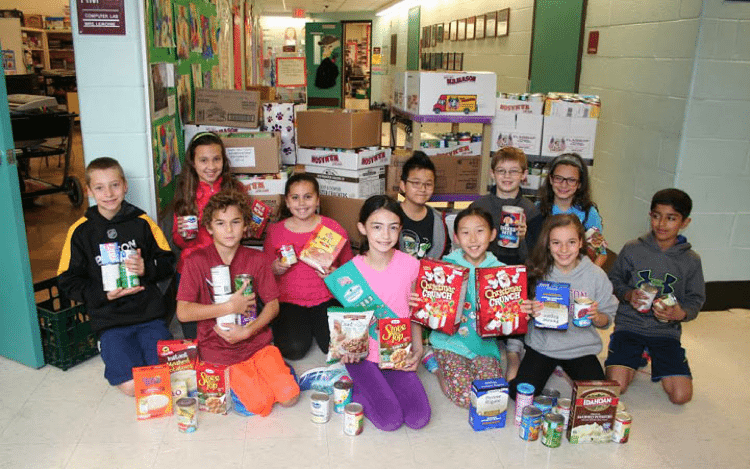
4. Ask students to interview someone who has made a difference in their community.
Engage students in a classroom discussion about those movements for social good that are important to them and their families. Then assign each of your students the task of interviewing someone they admire who has been integral in changing their world. Whether it is the crossing guard who keeps them safe, someone in their house of worship who makes a difference, or a family member they admire, your kids will gain insight from one-on-one discussions. Older students can video record their interviews. And the classroom video files can be shared with the class, the school community, and online.
5. Invite students to write complimentary notes to fellow students.
The seemingly small act of giving and receiving heartfelt, original compliments from fellow students can go a long way toward increasing generosity of spirit. To light this happy fire, give each student the names, on slips of paper, of three students. Invite them to write a completely positive and creative compliment for each person, signing their own name. After students have read their word gifts, invite kids to share their favorite compliment, and then open a free-for-all visit session in the classroom so that the your students can personally thank each of their compliment givers.
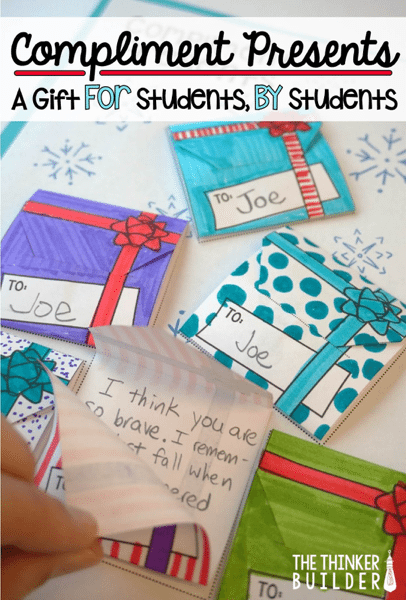
6. Invite them to design a school for students in need.
To help students understand humanitarian efforts and their role as global citizens, engage them in this “Recipe for a School” lesson from Pennies for Peace’s free curriculum for middle school and for high school. Your kids will need to consider all of the “ingredients” necessary for their new school to thrive. What supplies will your school need? How will students get to school? What customs or political realities must be considered before they can build their school? By developing an understanding of the challenges around education in less developed countries, your students will learn to value their own school (and teacher!).
7. Collect toiletries for shelters.
Those hotel mini soaps are much needed by local shelters and other social services. And extras are probably on-hand in your students’ homes. Discuss why people may be in need of these basic necessities. Provide a wish list to each student from your identified organization. When we involve our kids in this way, they will come to more keenly understand how those in need may not even have their own toothpaste or shampoo—items they take for granted each day.
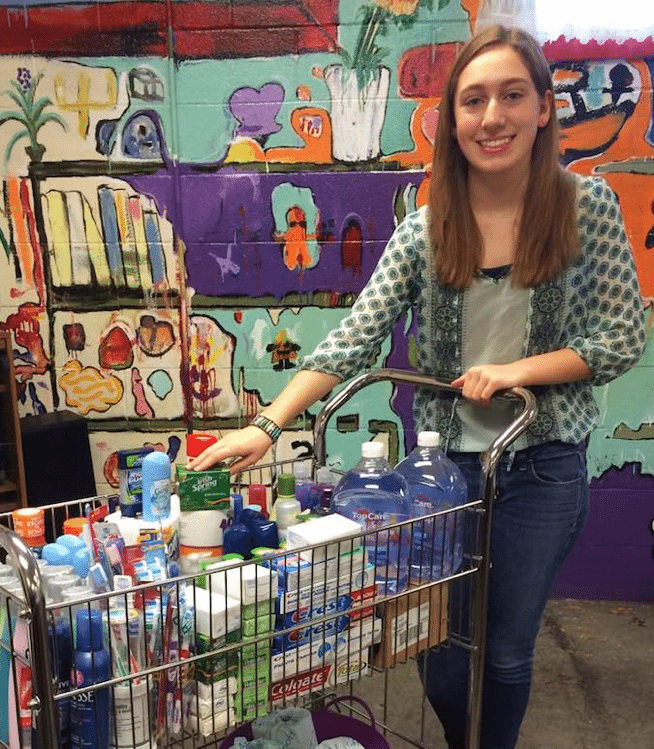
8. Teach them how to write a thank-you note.
In this age of quick texts, the sincere thank-you note is becoming a lost art. Talk with your kids about the difference between handwritten thank-you notes for personal occasions and typed or emailed thank you’s for professional situations. In addition to being an important writing exercise, this gratitude exercise rewards, and therefore promotes, generosity.
9. Make a culture quilt.
Invite your students to explore their own cultures and make connections to other cultures through the Culture Quilt lesson plan from Pennies for Peace. Through discussion and artwork that exhibits the similarities and differences among cultures, students will develop acceptance and appreciation of cultural diversity. They will begin to see the ways in which we are all alike, no matter our unique culture. Together, all of the students’ quilt squares will make up a beautiful mosaic of the different cultures represented in your community.
10. Celebrate National Day of Service through volunteerism.
Dr. Martin Luther King Jr. said, “Life’s most persistent and urgent question is, ‘What are you doing for others?” Help your students answer it by working together to research ways that your entire class or they as individuals can volunteer on National Day of Service, held on Martin Luther King Jr. Day (January 16, 2017). Wrap this volunteerism into your lessons about the civil rights leader and discuss why the service day’s motto is “Make it a day ON, not a day OFF.”
